Cherry blossom season in Japan is more than just a visual spectacle—it is a cultural tradition deeply rooted in history. Hanami, meaning “flower viewing,” is the practice of appreciating these fleeting blossoms, often through picnics, strolls, and celebrations under the sakura trees. If you’re experiencing hanami for the first time, this guide will help you understand its significance, how to prepare, and where to enjoy the best cherry blossom views in Japan.
What is Hanami?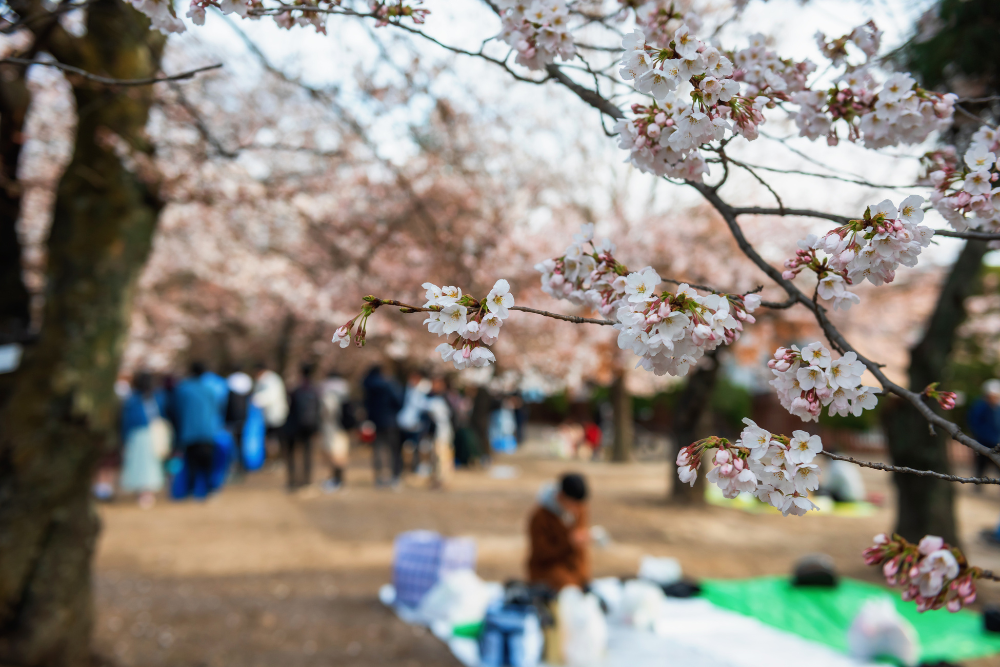
Hanami (花見) literally translates to “flower viewing” and dates back over 1,000 years. Originally enjoyed by the Japanese aristocracy during the Heian Period (794–1185), hanami has since become a beloved tradition for all. It is an opportunity for friends, families, and colleagues to gather under cherry blossom trees, share food and drinks, and appreciate the fleeting beauty of sakura.
There are two main types of hanami:
- Daytime Hanami: A relaxed picnic or stroll under the blossoms, often accompanied by seasonal foods and drinks.
- Yozakura (Night Sakura): Viewing cherry blossoms illuminated at night, creating a magical atmosphere in parks and along riverbanks.
Whether you choose a peaceful daytime experience or a festive night outing, hanami is a must-do during spring in Japan.
When is Hanami Season?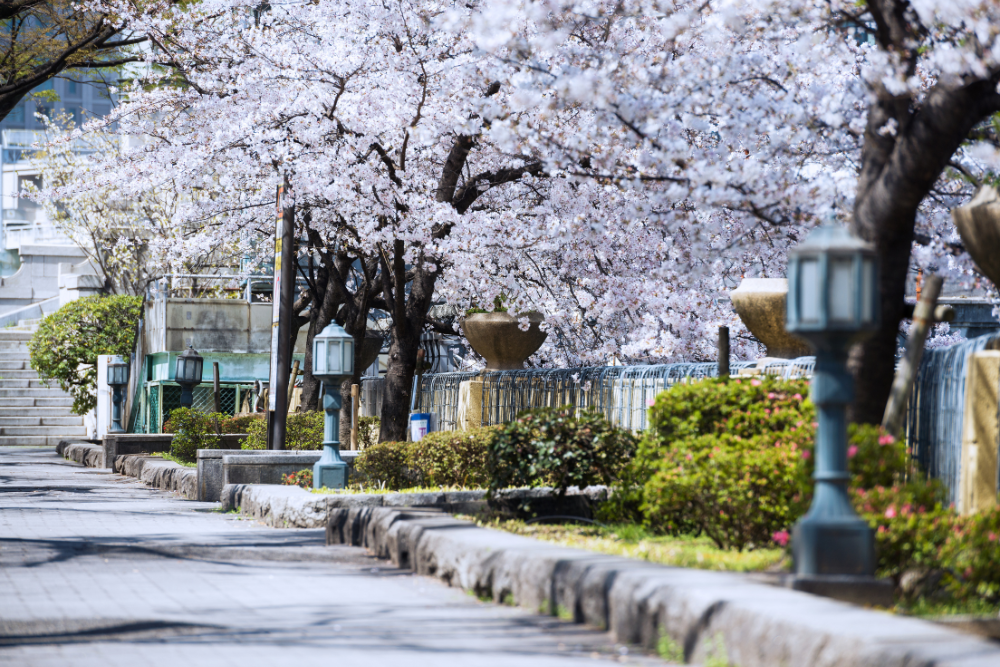
Cherry blossom season typically begins in late March and lasts through early April in most parts of Japan. However, bloom times vary by region:
- Okinawa: January to early February
- Kyoto, Tokyo, Osaka: Late March to early April
- Sendai (Northern Honshu): Early to mid-April
- Hokkaido (Sapporo): Late April to early May
The peak bloom period, known as mankai (満開), lasts for about a week before petals start falling, creating a mesmerizing “sakura snow” effect. Since bloom times shift slightly each year, checking a sakura forecast before planning your hanami is essential.
How to Prepare for Hanami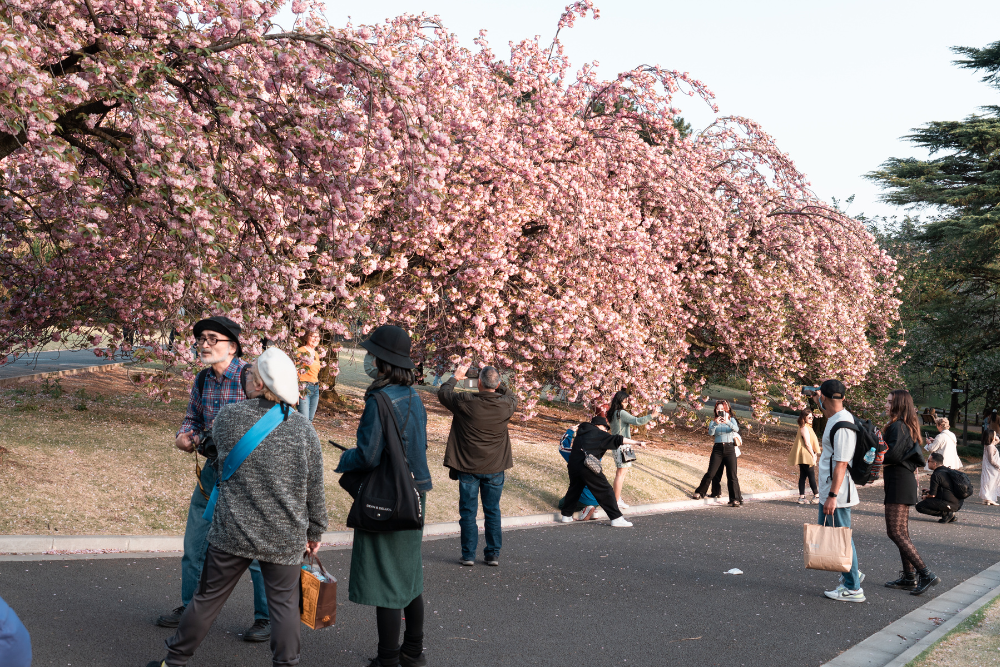
1. Choose the Right Location
Some hanami spots are lively and full of festivities, while others offer a quiet, serene atmosphere. Consider what kind of experience you want. Popular hanami locations include:
- Shinjuku Gyoen (Tokyo): A tranquil park perfect for relaxed picnics.
- Ueno Park (Tokyo): One of the most famous hanami spots, known for its festival-like atmosphere.
- Maruyama Park (Kyoto): Famous for its grand weeping cherry tree and night illuminations.
- Osaka Castle Park (Osaka): Stunning castle views surrounded by thousands of cherry trees.
- Hirosaki Castle (Aomori): Home to Japan’s most breathtaking “sakura rafts,” where fallen petals cover the moat.
2. Pack the Essentials
A well-prepared hanami picnic ensures a comfortable and enjoyable experience. Here’s what to bring:
- Picnic Mat (Leisure Sheet): Parks can get crowded, so bring a large mat to secure your spot.
- Warm Clothing: Even in spring, evenings can be chilly. Bring a light jacket or blanket.
- Food & Drinks: Traditional hanami foods include:
- Sakura mochi: Sweet rice cakes wrapped in cherry leaves.
- Dango: Colorful rice dumplings on skewers.
- Bento boxes: Packed with sushi, tempura, and seasonal vegetables.
- Sake or tea: Many enjoy sipping sake or green tea while viewing the blossoms.
- Trash Bags: Parks do not always have garbage bins, so bring bags to clean up after your picnic.
- Camera or Smartphone: Capture the beauty of the sakura, but remember to be present and enjoy the moment.
3. Arrive Early
Popular hanami spots fill up quickly, especially on weekends. Arriving early in the morning ensures you get a prime viewing location. In busy parks, some people even reserve spots the night before by laying out their picnic mats.
4. Follow Hanami Etiquette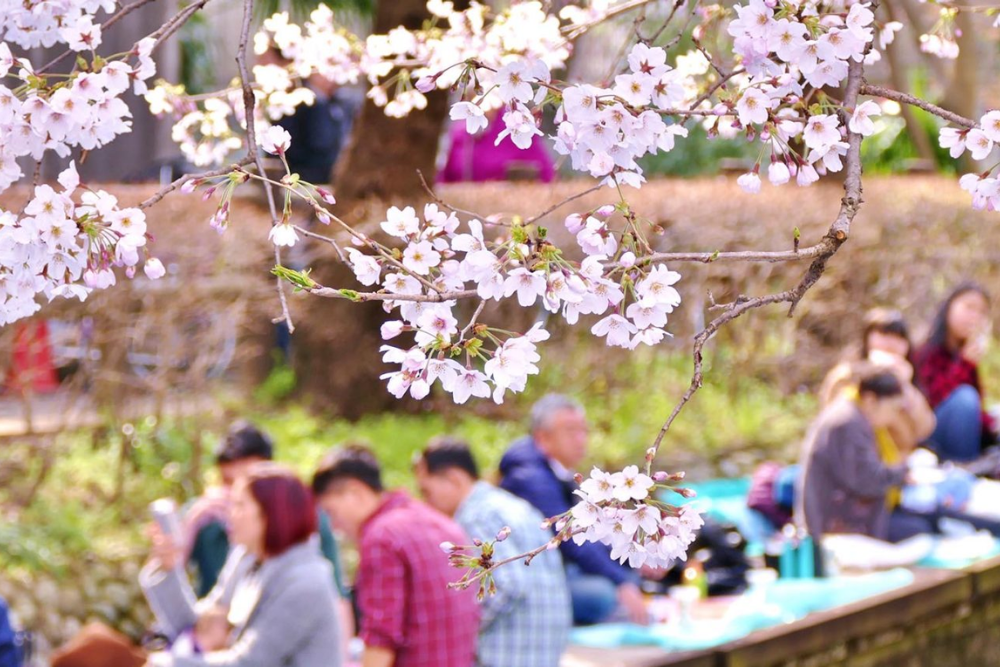
Hanami is a cherished tradition, and following proper etiquette helps maintain a respectful and enjoyable atmosphere:
- Do not shake or climb cherry trees. The trees are delicate, and shaking branches damages them.
- Keep noise levels moderate. While some hanami spots are lively, excessive noise can be disruptive to others.
- Clean up after yourself. Take all your trash with you when leaving.
- Be mindful of space. If the park is crowded, avoid taking up more room than necessary.
Best Ways to Experience Hanami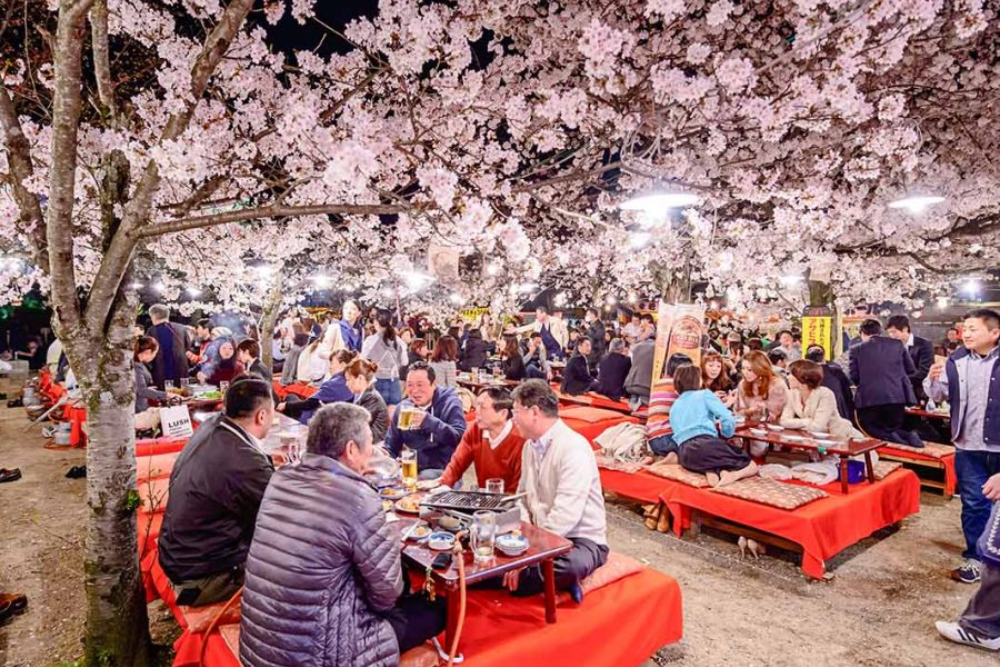
1. Traditional Hanami Picnic
The most classic way to enjoy hanami is by spreading a mat under the blossoms and indulging in seasonal foods. This is a great way to experience hanami with friends or family in a relaxed setting.
2. Strolling Through Sakura Tunnels
For those who prefer a more active experience, walking beneath cherry blossom-lined paths offers breathtaking views. Some of the best sakura walks include:
- The Philosopher’s Path (Kyoto): A tranquil 2 km walk along a sakura-lined canal.
- Meguro River (Tokyo): Over 800 cherry trees form a pink tunnel along the river, with lantern-lit night views.
- Mt. Yoshino (Nara): A UNESCO-listed mountain covered with 30,000 cherry trees.
3. Yozakura – Nighttime Hanami
Many parks and shrines offer night-time illuminations, transforming sakura into glowing pink and white blossoms against the dark sky. Top yozakura spots include:
- Maruyama Park (Kyoto): The famous weeping cherry tree is beautifully lit at night.
- Chidorigafuchi (Tokyo): Rent a boat and row beneath illuminated blossoms near the Imperial Palace.
- Osaka Castle Park: The contrast of sakura and the castle’s golden accents is magical after dark.
4. Sakura Festivals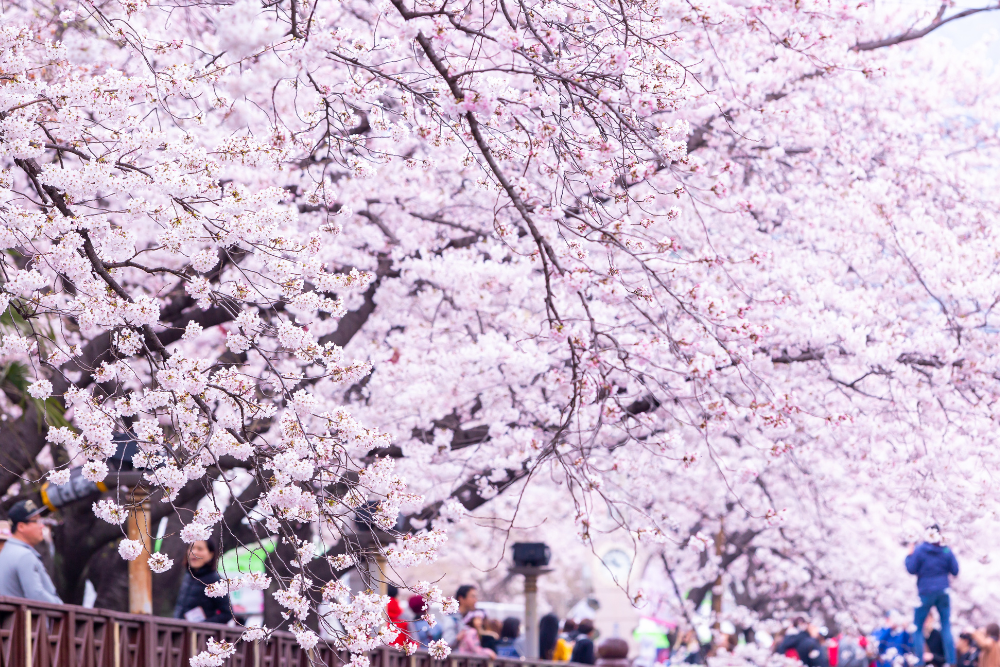
Many cities hold special cherry blossom festivals, featuring food stalls, cultural performances, and even boat rides. Some of the best festivals include:
- Hirosaki Cherry Blossom Festival (Aomori): Famous for its sakura petal-covered moats.
- Takato Castle Ruins Park (Nagano): Home to over 1,500 uniquely pink “Kohigan” cherry trees.
- Sumida Park Sakura Festival (Tokyo): A lively celebration near Asakusa’s iconic Sensoji Temple.
Conclusion
Experiencing hanami for the first time is a magical and unforgettable event. Whether you choose a peaceful picnic under the blossoms, a scenic walk through sakura tunnels, or an illuminated night-time viewing, hanami offers a glimpse into Japan’s deep appreciation for nature and the beauty of fleeting moments. By planning ahead, respecting local customs, and immersing yourself in the atmosphere, you’ll create lasting memories of one of Japan’s most cherished traditions.












